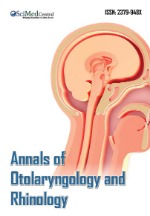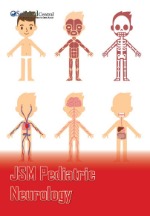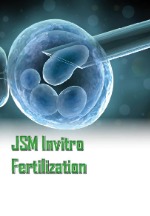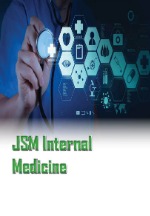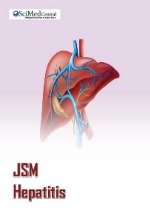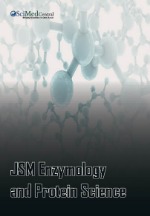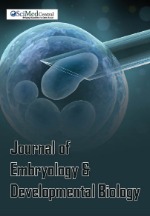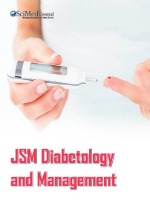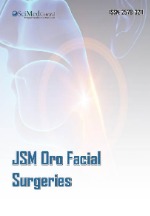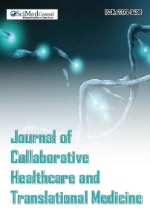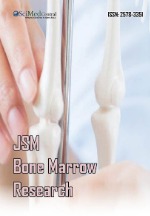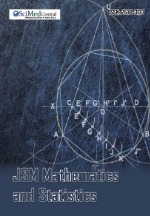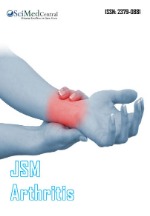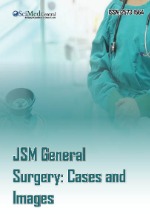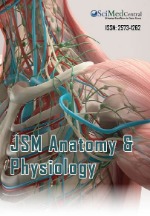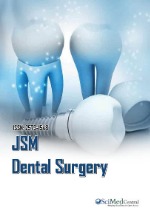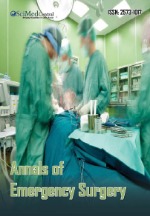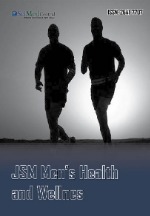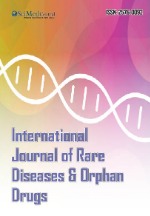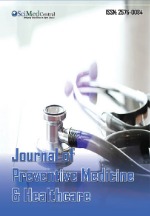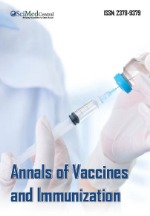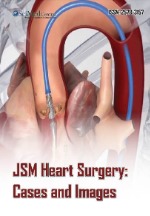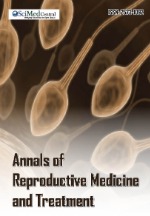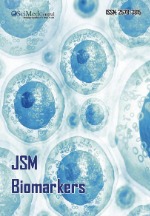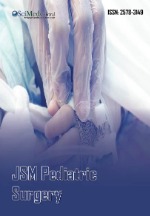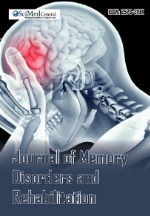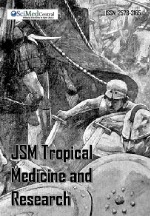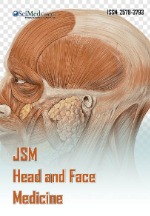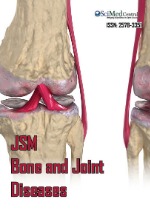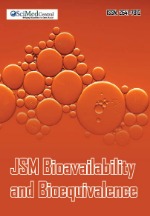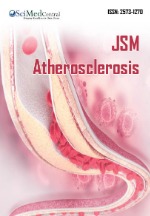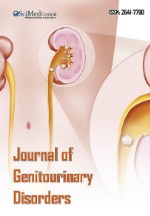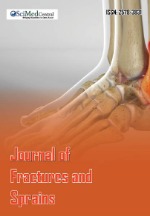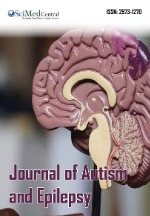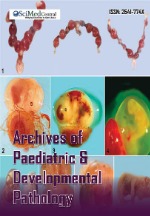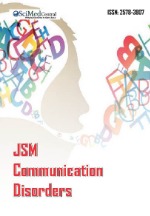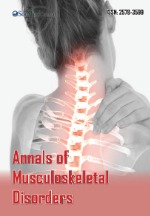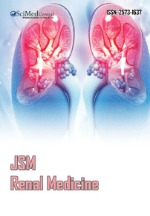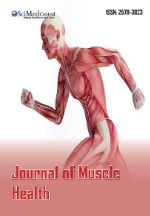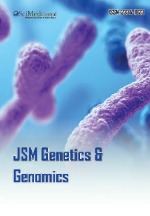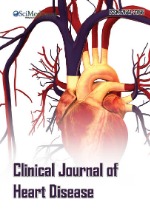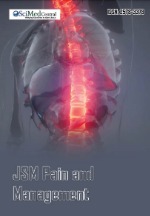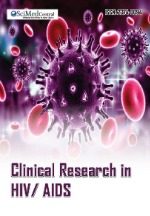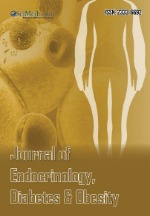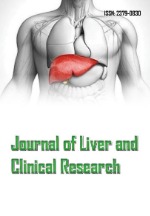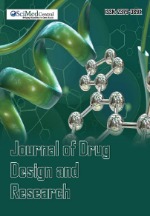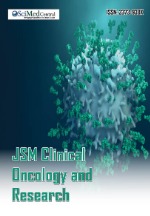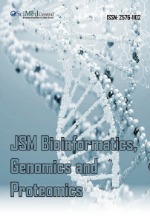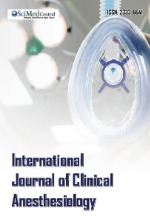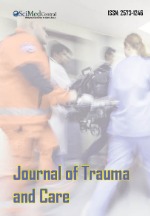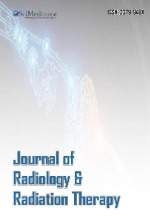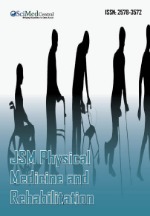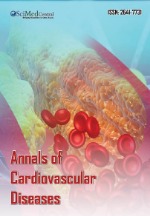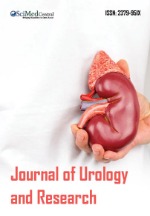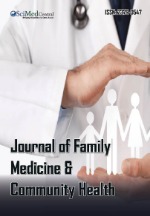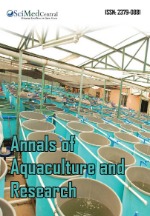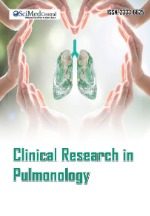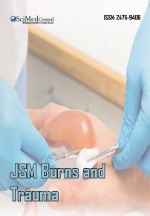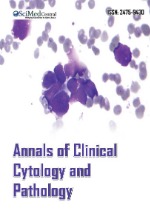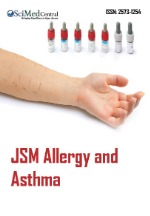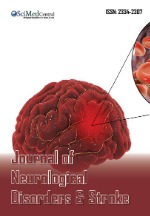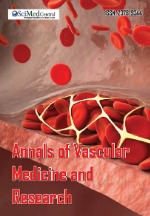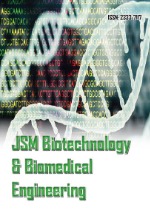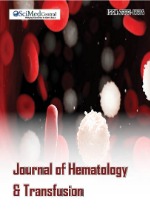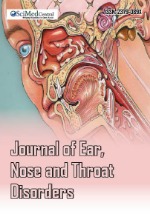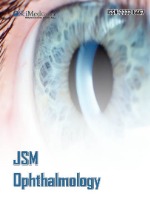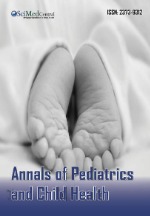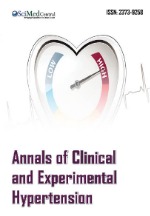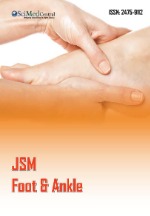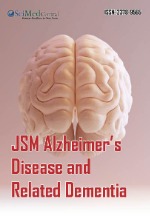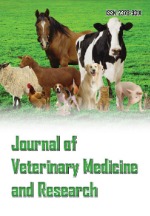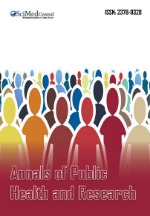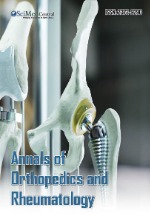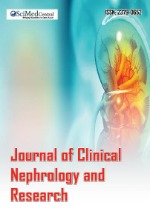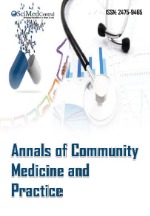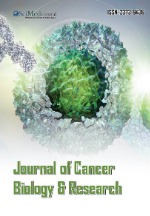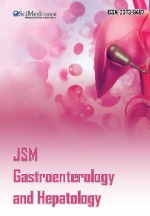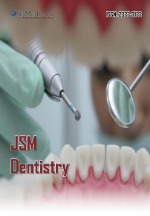Combined Liver Transplant and Sleeve Gastrectomy in the Same Surgical Time
- 1. Bariatric Surgery, Fellow Resident, Instituto Nacional de Ciencias Medicas y Nutricion “Salvador Zubiran”, Mexico.
- 2. Bariatric and Endocrine Surgery, Instituto Nacional de Ciencias Medicas y Nutricion “Salvador Zubiran”, Mexico
- 3. American British Cowdray Medical Center IAP, Center for Nutrition and Obesity Mexico City, Mexico City, MX
- 4. Bariatric and Endocrine Surgery, Cleveland Clinic, Abu Dhabi
CITATION
Pimienta-Sosa AP, Herrera-Hernández MF, Pantoja-Millan JP, Sierra-Salazar M. (2023) Combined Liver Transplant and Sleeve Gastrectomy in the Same Surgical Time. JSM Surg Proced 3(1): 1004.
INTRODUCTION
Obesity is a complex multifactorial phenotype; interindividual variation in such phenotypes is thought to result from the action of multiple genes and environmental factors. Obesity is a complex multifactorial phenotype; interindividual variation in such phenotypes is thought to result from the action of multiple genes and environmental factors. Obesity is a complex multifactorial phenotype; interindividual variation in suchphenotypesis thought to result from the action of multiple genes and environmental factors. Obesity is a complex multifactorial phenotype; interindividual variation in such phenotypes is thought to result from the action of multiple genes and environmental factors. Obesity is a complex multifactorial phenotype; interindividual variation in such phenotypes is thought to result from the action of multiple genes and environmental factors.
Obesity is a complex multifactorial phenotype; inter- individual variation in such phenotypes is thought to result from the action of multiple genes and environmental factors [1]. The gain weight is due to numerous factors such as an unhealthy lifestyle, a wrong diet, a lack of exercise, the change in way to live and genetic factors. It’s reported that the accumulation of fat in the body starts in childhood and changes depending on sex, age and ethnicity [2].
Body mass index (BMI) is the most useful indicator for evaluating body composition at the population level, because its low-cost, easy to apply, and the way to calculate it does not vary according to sex or age in the adult population. While not foolproof, it is a screening tool with extremely high positive predictive value [3]. In Mexico, overweight and obesity represent a serious public health problem, affecting 7 out of every 10 adults from different regions, localities and socioeconomic status [4]. The prevalence of overweight and obesity in Mexican children and adults has increased alarmingly in the last two decades, today, 70% of Mexicans are overweight and almost a third suffer from obesity[5].
Nonalcoholic fatty liver disease (NAFLD) is a metabolic disorder characterized by the accumulation of triglycerides within hepatocytes that exceeds 5% of liver weight. NAFLD includes a spectrum of disease from simple steatosis to nonalcoholic steatohepatitis (NASH), which can progress to cirrhosis and hepatocellular carcinoma. Histologically, NASH is defined by the presence of macrovesicular steatosis, lobular inflammation, and hepatocellular ballooning [6]. It is currently the most common chronic liver disease worldwide [7]. Approximately 30% of patients who have the sole initial finding of steatosis progress to cirrhosis. Of these 10% will develop HCC, and - over a period of 10 years - 30% to 40% will develop liver failure or die from their underlying disease. Steatosis has been observed in 50% to70% of patients with risk factors for NAFLD, especially obesity and type 2 diabetes. Of these 20% to 30% progress to steatohepatitis and 2% to 3% progress to cirrhosis [8].
It is clear that over the next ten or twenty years, the prevalence of NAFLD will increase due to the epidemic rise in obesity, T2DM, arterial hypertension and the prevalence of MetS, as well as people living longer. Consequently, NAFLD-related liver disease is currently the most rapidly increasing indication for LT in the US, and it is anticipated that NAFLD related liver disease will become the leading indication for LT in the near future [9]. Everything indicates that the distribution of fat at the visceral level is more important than the amount of total body fat in determining liver damage [10]. In morbidly obese patients undergoing bariatric surgery, the prevalence of NAFLD may exceed 90%, and more than 5% may have unexpected cirrhosis. Figures in Mexico reveal that in obese patients undergoing bariatric surgery the prevalence of NAFLD is 82% [11]. Between 30 and 40% of patients with NAFLD-related cirrhosis require a liver transplant. Liver transplantation works well in patients who meet criteria for liver failure, however NAFLD may recur after transplantation and is likely to be denied in patients with morbid obesity [12]. Obesity increases surgical time and the risk of short- and long-term complications after liver transplantation [13].
Bariatric surgery (BS) prior to transplantation aims to ameliorate obesity-associated medical conditions before the patient receives the organ. However, attempting bariatric surgery prior to liver transplantation may delay receipt of the organ while the patient awaits adequate BMI response and addresses potential complications from bariatric surgery [14]. Before transplantation the patients may have decompensated liver failure and significant portal hypertension causing unacceptably high surgical risk. It may delay transplantation, which would be inappropriate and would necessitate two operations. This would also be the case if performed post-transplant with the added potential of the procedure becoming technically more challenging due to adhesions following transplantation. For these reasons bariatric surgery at the time of transplant should be considered [15]. Although limited, initial results of bariatric surgery at the time of transplantation are encouraging with maintenance of weight loss, resolution of hypertension and diabetes, and no mortality recorded [16].
Furthermore, up to one third of patients undergoing liver transplantation become obese within three years postoperatively. The factors associated to this phenomenon are: sedentary lifestyle, improvement of appetite, change in eating habits (abandonment of the pre-transplant rigid diet), history of obesity and use of immunosuppressant, particularly corticosteroids6. Part of these individuals may become morbidly obese, and in some cases the development of steatosis in the transplanted liver, may even compromise the function of the graft [17]. Bariatric surgery provides the most efficient and sustained treatment for morbid obesity. The role and timing of bariatric surgery in relation to liver transplant is challenging and continues to evolve [18]. these patients are more complex than typical bariatric patients. In addition to obesity-related comorbidities, they face the added burden of liver transplantation and the complications of immunosuppressive medications. Appropriate care provision requires the collaboration of a multidisciplinary team at a tertiary care center and intensive postoperative care and follow-up [19].
Sleeve gastrectomy is the most appropriate procedure with low perioperative risks; it allows maintenance of the biliary system, is unlikely to cause malabsorption and allows a gradual and sustained weight loss.
Although limited, initial results of bariatric surgery at the time of transplantation are encouraging with maintenance of weight loss, resolution of hypertension and diabetes, and no mortality recorded [20].
OBJECTIVE
We analyze 3 patients who underwent Sleeve Gastrectomy (SG) and Liver transplant (LT) in the same surgical time at the National Institute of Medical Sciences and Nutrition “Salvador Zubirán” (INCMNSZ), with particular attention to the development of complications.
METHODS
This is a retrospective study of three obese patients and liver transplant candidates who underwent surgery from October 2016 to February 2020 at a public high-volume center, National Institute of Medical Sciences and Nutrition “Salvador Zubirán”, Mexico City. Guidelines from the Interdisciplinary European Guidelines on Surgery for Severe.
Obesity were used as indication for bariatric surgery, including BMI > 40 kg/m2 or BMI > 35 kg/m2 with concurrent comorbidities such as metabolic disorders, cardio-respiratory disease, or severe joint disease. Indication, severity classification, surgery and follow-up for liver transplantation was made by the Transplant Department. Cirrhosis diagnosis was made by liver biopsy and in all cases, this was secondary to NASH. Liver transplantation was programmed as the initial procedure and once it was finished, SG was performed.
Multidisciplinary approach from endocrinologists, surgeons, gastroenterologists, dieticians and psychiatrists was initiated from the patient’s first visit. Written informed consent for the surgical procedure and possible complications was obtained. Preoperative fasting blood analyses were taken prior to the initiation of intensive nutritional changes. Before the operation, the patients attended a whole day information and lifestyle modification course. Clinical data were prospectively collected and registered in our database as part of our routine patient record system. Data included registration of metabolic status preoperatively, and any eventuality presented in the post- surgical follow-up.
PATIENT CHARACTERISTICS
Patient characteristics are listed in Table 1. Among the 3 adults who comprised our study cohort, the median age at the time of SG was 52 years (Interquartile Range [IQR] 40-65 years) and 2 (66.66%) were male. Median excess body weight at the time of SG was 43.09 kg (IQR, 30.43-51.43 kg). Median BMI at the time of SG was 43.0 kg/m2 (IQR, 40-48.0 kg/m2). All patients had at least 1 obesity-related co-morbidity. The most prevalent obesity- related comorbidities included hypertension and dyslipidemia in all patients (100%), obstructive sleep apnea [OSA] (66.6%) and diabetes mellitus (33.3%).
Table 1: Preoperative patient characteristics. Sex: M (masculine)/ (female); age in years(y); weight in kilograms (kg); Excessive body weight (EBW); MELD score (Mode for End-stage liver disease).
|
(n=3) |
Sex: M/F |
age (y) |
weight (kg) |
EBW (kg) |
BMI (kg/m²) |
MELD score |
|
1 |
M |
65y |
128 kg |
51.43 k |
40 kg/m² |
13 |
|
2 |
F |
40y |
101 kg |
30.43 k |
48 kg/m² |
20 |
|
3 |
M |
52y |
124 kg |
47.43 k |
41 kg/m² |
14 |
All three patients had developed hepatic cirrhosis due to Nonalcoholic fatty liver disease (NAFLD). Median laboratory MELD score was 15 (IQR, 13-20) at the time of SG, and all three patients were classified as Child-Pugh classification B. All patients had experienced a prior hepatic decompensation: 33% had a history of variceal hemorrhage, 66% had a history of ascites, and 33% had a history of hepatic encephalopathy. There were 2 (66.6%) patients who had previously undergone placement of a transjugular intrahepatic portosystemic shunt (TIPS). In 1 patient, this was performed for management of refractory ascites, and in the other patient, this was performed for management of recurrent variceal hemorrhage.
BARIATRIC SURGERY: SLEEVE GASTRECTOMY
Surgical Technique
Two board-certified bariatric surgeons performed bariatric procedures, as well as part of the bariatric surgery team. Our standard sleeve gastrectomy was done after the liver transplant with an open approach. The mean operation time (total procedure) was 8±2 hours; the mean SG operation time was 41±6 minutes. In Patient 2, a renal transplant was also performed on the same surgical time by the transplant surgery team. Mean blood loss was 2.2 l and length of hospital stay was 12 days.
Our standard sleeve gastrectomy technique starts by identifying the pylorus of the stomach. Division of the greater omentum is made with electro thermal device (Ligasure™). The greater curvature of the stomach is then dissected free from the omentum and the short gastric blood vessels. The dissection is started 5 cm from the pylorus and proceeds to the Angle of His; 1-2 cm from the esophagus. A 34 Fr. Is used in all patients. A linear cutting staple (Echelon FLEX™ 60mm) is used to serially staple and transect the stomach using 4.1mm cartridges (4 to 5). The transected stomach is completely freed and removed. Staple line reinforcement with absorbable continuous suture is made and tested for any leak through insufflations and blue methylene dye while the remnant stomach is submerged under irrigation fluid.
OPERATIVE OUTCOMES, PERIOPERATIVE COMPLICATIONS, LIVER-RELATED MORBIDITY, AND ALL-CAUSE MORTALITY
Operative and perioperative outcomes are listed in Table 2. The median estimated blood loss was 2233mL (IQR, 1000- 2800mL). There were all initiated as an open procedure. Median length of hospital stay following SG was 12 days (IQR, 7-20 days, range 1-6 days). Patient 2 had also a renal transplant on the same surgical time, before sleeve gastrectomy.
Table 2: Operative and perioperative outcomes. Total surgical time in hours (h), Sleeve gastrectomy (SG) time procedure; Blood loss in milliliters (ml), Length of stay (LOS). %Excess body weight loss (EBWL) in months (mo.).
|
(n=3) |
Total surgical time (h) |
SG time (min) |
Blood loss (ml) |
LOS (days) |
%EBWL at 3 mo. |
%EBWL at 6 mo. |
%EBWL at 10 mo. |
|
1 |
8h,30min |
30 min |
1,000 |
7 days |
71.9% |
70% |
77.8% |
|
2 |
10h,54min |
60 min |
2,900 cc |
20 days |
78.8% |
55.8% |
62.4% |
|
3 |
7h,35min |
35 min |
2,800 cc |
9 days |
59% |
84.3% |
88.5% |
There were no complications associated with bariatric procedure or perioperative deaths in the cohort. One patient experienced unstable angina three days after surgery, classified as TIMI intermediate risk score and required cardiac catheterization, showing 20% lesion or right coronary artery. One other patient experienced liver-related morbidity in the perioperative period.
Ruptured hepatic sub capsular hematoma was developed 17 days after surgery requiriring exploratory laparotomy. In surgery, a sub capsular hematoma was found which dissects from the posterior segment to the V and VIII segments, a rupture of the capsule is observed in the posterior segments which is drained (1000cc) and washed with warm saline solution, leaving the liver parenchyma with no rupture. Hydrogen peroxide and surgical- type hemostats are placed for several minutes until no bleeding is observed.
The third patient, 6 months after surgery, was admitted due to an imaging diagnosis of 50% portal stenosis with occlusion of the inferior vena cava at the hepatic level and thrombosis of the inferior vena cava with extension to the left iliac, in relation to a direct complication of liver transplant. All patients had either a stable or improved MELD (by 50%) score at 6 months after SG. Follow-up is up to date. There was no mortality.
WEIGHT LOSS AND IMPROVEMENT IN OBESITY- RELATED COMORBIDITIES AFTER SG
Weight loss outcomes after SG are shown in Table 2. Among the 10 months follow-up after SG, the median percentage of excess body weight lost was 76.2%, which correlated to an absolute weight loss of 33.6kg. The median BMI at 6 months after SG was 29.3kg/m2, which represented an absolute reduction of 13.6kg/m2 in BMI. BMI trends for each patient are shown in Figure 1. At 6 months following SG, all patients had reached a BMI of ≤ 30kg/m2.
Figure 1 Body Mass Index (BMI) at pre-operative time (0); at 3 months (mo.) after surgery; at 6 months after surgery and at 10 months after surgery. For Patient 1 BMI: 28.8 kg/m² at 3 mo.; 29.3 kg/m² at 6 mo.; 28 kg/m² at 10 mo. Patient 2 BMI: 27 kg/m² at 3 mo.; 30 kg/m² at 6 mo.;
30 kg/m² at 10 mo. Patient 3 BMI: 31.5 kg/m² at 3 mo.; 27.4 kg/m² at 6 mo.; 26.7 kg/m² at 10 mo.
All three patients had reduction in statins and anti- hypertensive medication 6 months after surgery. Partial resolution of diabetes was shown 6 months after surgery. No patients experienced either inability to tolerate oral intake. Nutritional deficiencies were developed in all patients3 months after surgery. The most prevalent nutritional complications were anemia, vitamin B and vitamin D deficiency. Anemia was developed in two patients (66%) three months after surgery by iron deficiency; vitamin D deficiency with means value of xxxxx.
DISCUSSION
Obesity in general has been recognized to negatively impact morbidity and mortality after major surgical procedures [21]. This is similarly found in the case of solid organ transplantations such as LT [22].
As a result of the obesity epidemic, the number of obese patients with end-stage liver disease undergoing evaluation for LT is expected to rise. NASH is one of the most common liver diseases in industrialized countries; in high-risk groups it is up to 86%, in diabetic or obese patients [23].
Bariatric surgery in the peritransplant period can provide significant weight loss and a substantial decrease in the incidence of obesity-associated conditions such as diabetes and NASH. This has the potential to decrease patient morbidity and increase both patient and graft survival. Although the effects of Bariatric Surgery on the naïve liver have shown that significant weight loss can result in improvement in fatty liver disease and improvement in long-term outcomes in the non- transplant population, the optimal approach regarding bariatric surgery in the setting of liver transplant remains unclear [24]. An alternative strategy in morbidly obese LT candidates is to perform SG at the time of LT. Potential benefits of a combined operation include a single operation and recovery period in addition to avoiding the risk of complications or liver-related morbidity in the pre-LT period, which could delay or prevent LT. Moreover, LT candidates deemed “too sick” for pre-LT SG-particularly those with high MELD score and hepatic decompensation may derive a benefit from a combined procedure, given that pre-LT SG would not be appropriate in these candidates [25].
Zamora-Valdes et al. demonstrated that 25% of patients with medically complicated obesity before transplant who achieve weight loss before transplantation and undergo LT alone can maintain their weight loss; nevertheless, patients that undergo LT + SG at the same surgical time have a more profound and stable weight loss after transplant and the cardiovascular risk factor profile is more favorable after follow-up [26].
Post-transplant BS can also be considered, but it is associated with increased technical difficulties due to adhesions and complications relating to immunosuppression [27].
Limited literature exists on LT and BS. Most are small case series. Larger studies are needed to look into the effect of BS on the outcomes of LT including comparison among the various types of weight reduction operations.
CONCLUSION
Given that obesity-related liver disease is now one of the most common indications for LT, a structured approach for obese transplant candidates is of increased importance. In carefully selected obese patients who are candidates for Liver transplant, performing SG during the same surgical time as transplantation is an option that in our short experience seems to have good results.
ACKNOWLEDGMENTS
I would like to express my special thanks of gratitude to my teachers who gave me the opportunity to learn from them.
REFERENCES
- Bouchard C. Gene-environment interactions in the etiology of obesity: defining the fundamentals. Obesity (Silver Spring). 2008;16: 5-10
- Mazzeo F. Current concept of obesity. Sport Science. 2016; 9: 42-48.
- Barquera CS, Campos-Nonato I, Rojas R Juan Rivera. Obesidad en México: epidemiología y políticas de salud para su control y prevención. Gac Med Mex. 2010; 146: 397-407.
- Davila-Torres J, González-Izquierdo J de J, Barrera-Cruz A. Panorama de la obesidad en Mexico. Rev Med Inst Mex Seguro Soc. 2015; 53: 240-249.
- Instituto Nacional de Salud Publica. Mexico. 2020.
- Kneeman JM, Misdraji J, Corey KE. Secondary causes of nonalcoholic fatty liver disease. Therap Adv Gastroenterol. 2012; 5: 199–207.
- Asrani SK, Devarbhavi H, Eaton J, Kamath PS. Burden of liver diseases in the world. Journal of hepatology. 2019; 70: 151–171.
- Lopez Panqueva, Rocío Del Pilar. Pathological aspects of fatty liver disease. Rev Colomb Gastroenterol. 2014; 29: 82-88.
- Kwak MS, Kim D. Non-alcoholic fatty liver disease and lifestyle modifications, focusing on physical activity. Korean J Intern Med. 2018; 33: 64-74.
- Jensen MD. Role of body fat distribution and the metabolic complications of obesity. J Clin Endocrinol Metab. 2008; 93: 57–63.
- Bernal-Reyes R et al. Consenso mexicano de la enfermedad por hígado graso no alcohólico. Rev Gastroenterol Mex. 2019; 84: 69-99.
- Pais R, Barritt AS 4th, Calmus Y, Scatton O, Runge T, Lebray P, et al. NAFLD and liver transplantation: Current burden and expected challenges. J Hepatol. 2016; 65: 1245–1257.
- Ri M, Aikou S, Seto Y. Obesity as a surgical risk factor. Ann Gastroenterol Surg. 2017; 2: 13–21.
- Suraweera D, Saab EG, Choi G, Saab S. Bariatric Surgery and Liver Transplantation. Gastroenterol Hepatol. 2017; 13: 170–175.
- Adair A. Bariatric surgery for obese patients undergoing liver transplantation. HPB (Oxford). 2018; 20:1–2.
- Heimbach JK, Watt KD, Poterucha JJ, Ziller NF, Cecco SD, Charlton MR, et al. Combined liver transplantation and gastric sleeve resection for patients with medically complicated obesity and end-stage liver disease. Am J Transpl. 2013; 13: 363-368.
- Denis P, Cesconetto DM, Macacari R, Joaquim H, Andraus W, Roberto De C, et al. Bariatric surgery (sleeve gastrectomy) after liver transplantation: case report. Arq Bras Cir Dig. 2014; 27: 81-3.
- Adarsh Vijay, et al. “Liver Transplantation Post Gastric Bypass: Surgeon’s Perspective”. EC Gastroenterology and Digestive 4.1 2017: 1-2.
- Al-Nowaylati AR, Al-Haddad BJ, Dorman RB, Alsaied OA, Lake JR, Chinnakotla S, et al. Gastric bypass after liver transplantation. Liver transplantation: official publication of the AASLD and ILTS. 2013; 19: 1324–1329.
- Adair A. Bariatric surgery for obese patients undergoing liver transplantation. HPB (Oxford). 2018: 20: 1–2.
- Choban PS, Flancbaum L. The impact of obesity on surgical outcomes: a review. J Am Coll Surg 1997; 185: 593-603.
- Nair S, Verma S, Thuluvath PJ. Obesity and its effect on survival in patients undergoing orthotopic liver transplantation in the United States. Hepatology 2002; 35: 105-109.
- Enfermedad por hígado graso no alcohólico. Rev Fac Med (Mex.) 2017; 60: 43-46.
- Diwan TS, Rice TC, Heimbach JK, Schauer DP. Liver Transplantation and Bariatric Surgery: Timing and Outcomes. Liver Transpl. 2018; 24: 1280–1287.
- Sharpton SR, Terrault NA, Posselt AM. Outcomes of Sleeve Gastrectomy in Obese Liver Transplant Candidates. Liver Transpl. 2019; 25: 538–544.
- Zamora-Valdes D, Watt KD, Kellogg TA, Poterucha JJ, Di Cecco SR, Francisco-Ziller NM, et al. Long-term outcomes of patients undergoing simultaneous liver transplantation and sleeve gastrectomy. Hepatology. 2018; 68: 485–495.
- Safwan M, Collins KM, Abouljoud MS, Salgia R. Outcome of liver transplantation in patients with prior bariatric surgery. Liver Transpl. 2017; 23: 1415–1421.
ABSTRACT
Introduction: According to the National Health Survey, 75.2% of Mexicans are overweight and obese. One of the main complications related to obesity is Nonalcoholic fatty liver disease (NAFLD). Some individuals with NAFLD can develop nonalcoholic steatohepatitis (NASH), which is marked by liver inflammation and may progress to cirrhosis and liver failure. NASH is currently the most common chronic liver disease worldwide and it’s estimated that between 30 and 40% of patients with NASH-related cirrhosis will require liver transplantation. On the other hand, obesity, particularly when it exceeds 40 kg/m2 of body mass index (BMI), increases the mortality rate after liver transplantation, in fact most transplant programs exclude obese patients from their transplant list a priori. Options for obese liver transplant candidates include bariatric surgery before or during transplantation, and in terms of the type of bariatric procedure, sleeve gastrectomy (SG) appears to offer some advantages. Although limited, the initial results of bariatric surgery at the time of transplantation are encouraging with the maintenance of weight loss, the resolution of hypertension and diabetes, and the absence of reported mortality.
Objective: To analyze 3 patients who underwent Sleeve Gastrectomy (SG) and Liver transplant (LT) in the same surgical time at the National Institute of Medical Sciences and Nutrition “Salvador Zubirán” (INCMNSZ), with particular attention to the development of complications.
Methods: This is a retrospective study of three obese patients and liver transplant candidates. Liver transplantation was programmed as the initial procedure and once it was finished, SG was performed. Their general characteristics, details of the operation, postoperative complications at 30 and 90 days, as well as their evolution until their last follow-up were reviewed.
Results: The demographic characteristics and comorbid phenomena of the three patients at the time of the surgical procedure are shown in Table 1. All patients presented cirrhosis secondary to NASH. Patient #2 underwent a kidney transplant at the same time. The surgical technique used in all the procedures was the standard one, with open SG being performed on a #34 F bougie and staple line reinforcement with continuous suture using 3-0 monocryl. The total surgical time was 8 h 30 min, 10 h 54 min and 7 h 35 min and the gastric sleeve time was 30 min, 60 min and 35 min respectively for patients 1,2 and 3. Complications were documented per patient: on the third postoperative day Patient 1 presented unstable angina with intermediate TIMI risk, so cardiac catheterization was performed without further complications. A sub capsular hepatic hematoma ruptured at 4 days in Patient 2 that required surgical reintervention, and Patient 3 a portal stenosis of 50% with occlusion of the inferior vena cava at the hepatic level and thrombosis of the inferior vena cava with extension to the left iliac, in relation to a direct complication of liver transplantation, six months after surgery.
There were no complications related to the bariatric procedure and there was no mortality. The follow-up time is 36 months for patient 1 and 12 months for patient 2 and 3; percentage of excessive weight loss (%EWL) at 6 months is 73.62%, 45% and 75%, respectively.
The current BMI of Patient 1 is 32 kg/m2; patient 2 and 3, BMI of 26 kg/m2 and 31 kg/m2 respectively. Other complications reported have been nutritional,
with hypovitaminosis D for the all patients, as well as iron deficiency anemia for patients 1 and 2.
Conclusion In carefully selected obese patients who are candidates for Liver transplant, performing SG during the same surgical time as transplantation is an option that in our short experience seems to have good results.



